April 25, 2018
Canada leads the way in worldwide surge in adoption of green buildings
 Major metropolitan office markets across the globe are seeing a significant increase in the adoption of green building certification programmes, according to the inaugural International Green Building Adoption Index (IGBAI) – a study by CBRE and Maastricht University. The study reports that 18.6 percent of space in 10 markets across Australia, Canada and Europe is now certified green versus just 6.4 percent in 2007. Canadian cities set the pace, with 51.6 percent of the space in Vancouver (pictured) and 51.0 percent in Toronto holding green certifications. This is particularly notable for Vancouver, as the city has a formal initiative and action plan – “Greenest City 2020” – toward becoming the greenest city in the world by 2020. In Vancouver and Toronto, green buildings trends will continue to drive both new development and redevelopment of office product. In Vancouver, more than half of the 1.5 million-square feet of product under development is being built to high green certification standards, while much of Toronto’s existing class A product is undergoing intensive capital improvement projects that include upgrades aimed at earning green certifications as well.
Major metropolitan office markets across the globe are seeing a significant increase in the adoption of green building certification programmes, according to the inaugural International Green Building Adoption Index (IGBAI) – a study by CBRE and Maastricht University. The study reports that 18.6 percent of space in 10 markets across Australia, Canada and Europe is now certified green versus just 6.4 percent in 2007. Canadian cities set the pace, with 51.6 percent of the space in Vancouver (pictured) and 51.0 percent in Toronto holding green certifications. This is particularly notable for Vancouver, as the city has a formal initiative and action plan – “Greenest City 2020” – toward becoming the greenest city in the world by 2020. In Vancouver and Toronto, green buildings trends will continue to drive both new development and redevelopment of office product. In Vancouver, more than half of the 1.5 million-square feet of product under development is being built to high green certification standards, while much of Toronto’s existing class A product is undergoing intensive capital improvement projects that include upgrades aimed at earning green certifications as well.








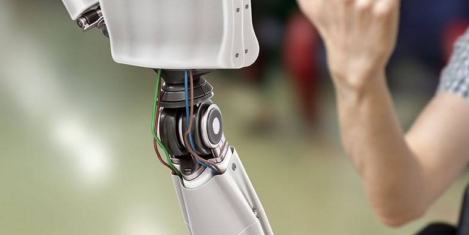
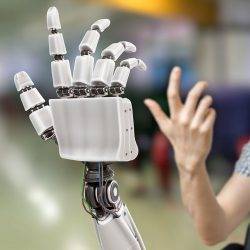


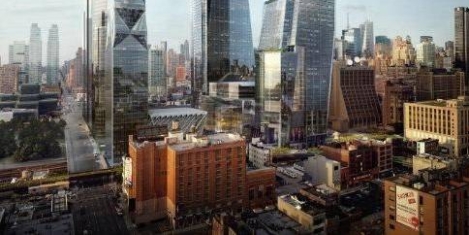
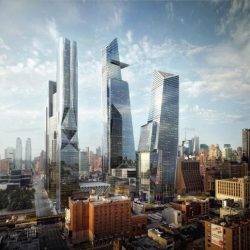
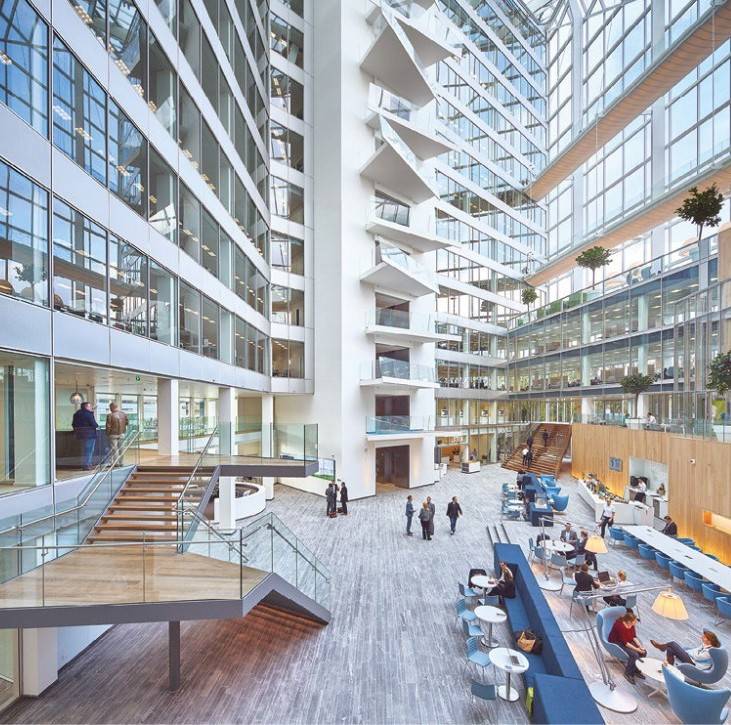
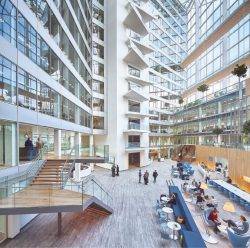 The creative team behind the development of the world’s most sustainable building – The Edge in Amsterdam – has announced the launch of a real estate technology company. EDGE Technologies, launched by OVG Real Estate CEO Coen van Oostrom will focus on creating a new generation of buildings which feature the latest innovations in sustainability and wellbeing. Whereas parent company OVG is focussed exclusively on the development of its existing portfolio, EDGE Technologies will focus on both the development and the long-term operations of this new generation of buildings, aiming for a cohesive experience across cities. Each EDGE building will be built and operated on the same technology platform and offer consistent user-centred design, created to serve the needs of today’s fast-changing and demanding workforce. To help achieve this the new company is launching a product that will capture and aggregate data across its properties in order to optimize, measure and inform both the user experience and the building’s environmental performance.
The creative team behind the development of the world’s most sustainable building – The Edge in Amsterdam – has announced the launch of a real estate technology company. EDGE Technologies, launched by OVG Real Estate CEO Coen van Oostrom will focus on creating a new generation of buildings which feature the latest innovations in sustainability and wellbeing. Whereas parent company OVG is focussed exclusively on the development of its existing portfolio, EDGE Technologies will focus on both the development and the long-term operations of this new generation of buildings, aiming for a cohesive experience across cities. Each EDGE building will be built and operated on the same technology platform and offer consistent user-centred design, created to serve the needs of today’s fast-changing and demanding workforce. To help achieve this the new company is launching a product that will capture and aggregate data across its properties in order to optimize, measure and inform both the user experience and the building’s environmental performance. 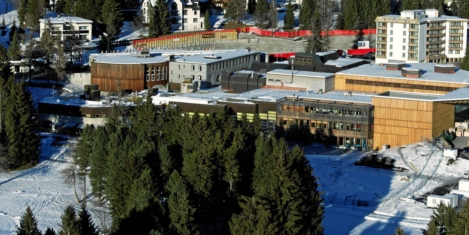
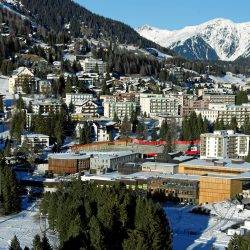
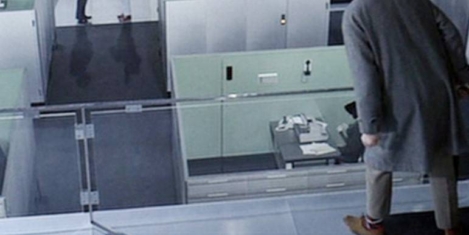
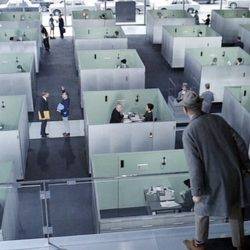
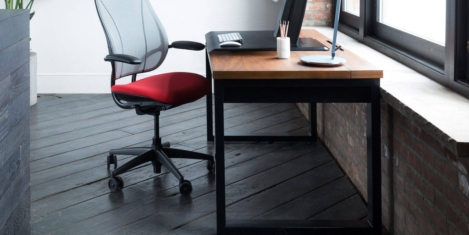
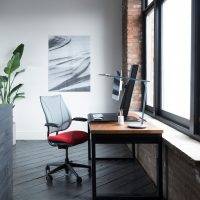








April 9, 2018
How the UK car industry is driving the future of workplace design
by Paul Dunn • Comment, Workplace design
(more…)